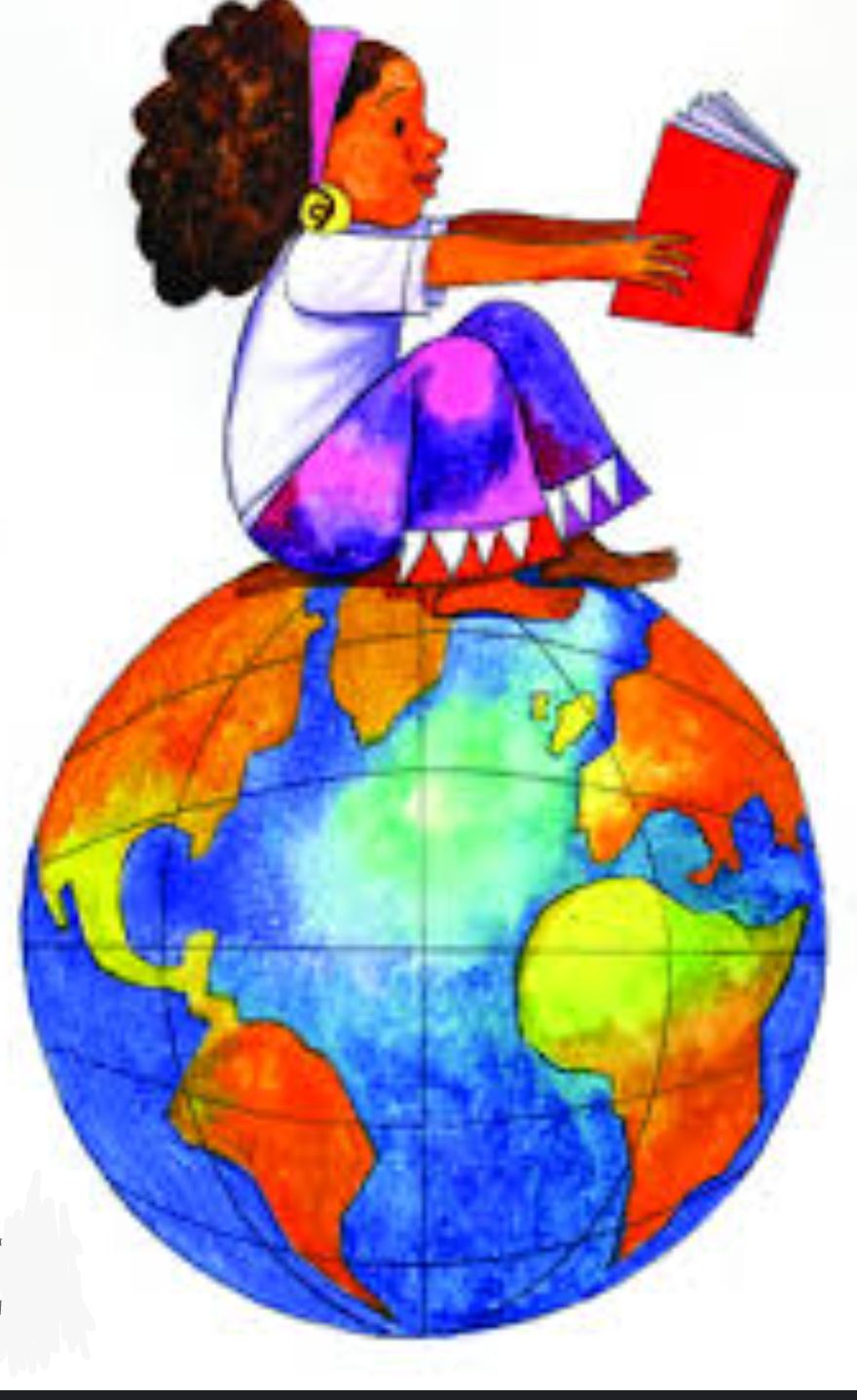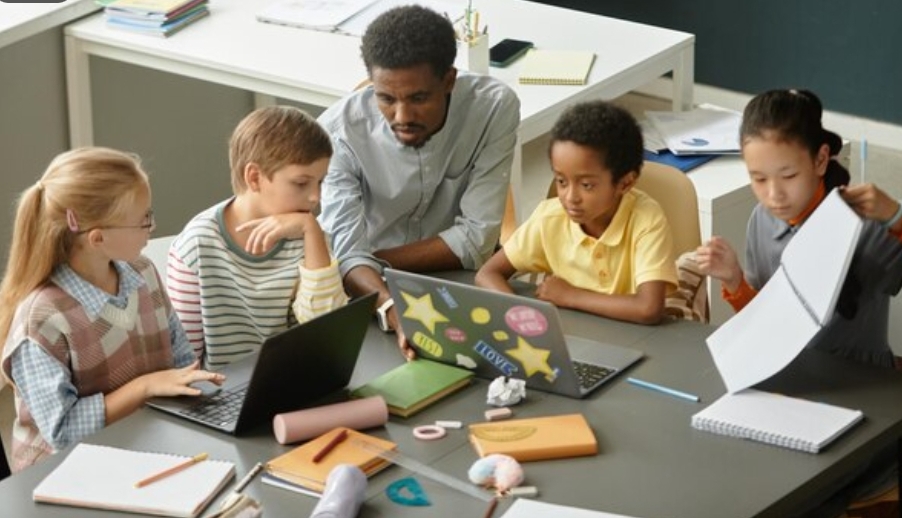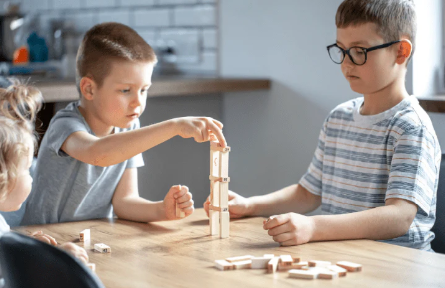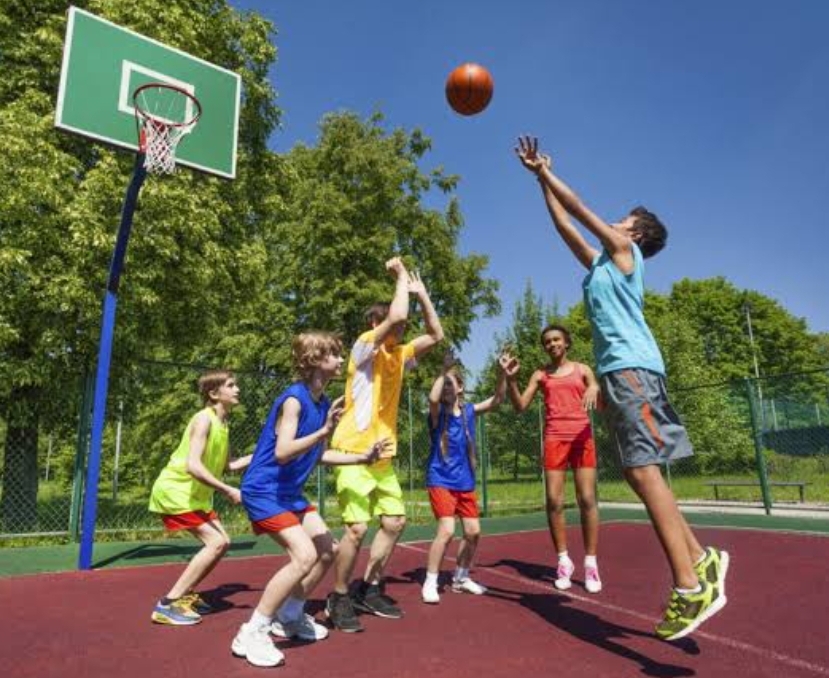
Have you ever wondered how the American Revolution might have been perceived from the perspective of a British soldier? Or how the fall of the Berlin Wall might have felt to a young East German citizen? Imagine a classroom where students don’t just learn about the world through dry textbooks, but from the world, through the eyes of people who lived through these events or experienced different cultures firsthand! This, my friends, is the exciting realm of Global Perspectives in Social Studies.
Beyond Textbooks: Why Globalize Your Social Studies Curriculum
Social Studies isn’t just about memorizing dates and reciting names of historical figures. It’s about understanding the complexities of the human experience across cultures and continents. Here’s a deeper dive into why incorporating global perspectives is a game-changer for your students’ learning:
Shattering Stereotypes: Textbooks often paint a one-dimensional picture of different cultures. By exploring diverse viewpoints through firsthand accounts, literature, or films from different regions, students develop a deeper understanding of different traditions, customs, and ways of life. This fosters empathy and dismantles stereotypes that can create prejudice and misunderstanding. Imagine a classroom discussion about the Vietnam War that not only explores American perspectives but also delves into Vietnamese experiences during the conflict. This allows students to see the conflict from multiple angles, fostering a more nuanced understanding of the event.
Critical Thinking Champions: Global perspectives encourage students to analyze historical events and social issues not just from their own cultural lens, but also from the perspectives of people from different backgrounds. This hones their critical thinking skills as they weigh evidence presented from different viewpoints, consider potential biases in historical accounts, and form their own informed opinions. For example, studying the Cold War from the perspective of both the United States and the Soviet Union pushes students to analyze the motivations and actions of each superpower, leading to a more well-rounded understanding of the historical period.
Tech-Savvy Social Studies: Educational technology trends offer a treasure trove of resources for global learning that go beyond the limitations of textbooks. Utilize virtual classroom tools to connect with students from across the globe for real-time discussions about current events or historical topics. Imagine a video conference where your class discusses the impact of climate change with students from a Pacific island nation directly affected by rising sea levels. These virtual exchanges allow students to interact with people from different cultures, fostering a sense of global connection. Even in distance education programs or with remote learning strategies, students can embark on virtual journeys of discovery using online simulations that recreate historical events from different viewpoints, bringing the past to life in an interactive way.
21st-Century Skill Spotlight: Global collaboration and communication are essential skills for success in today’s world. By working on projects with students from different countries, students develop these vital skills as they exchange ideas, overcome language barriers (through translation tools or collaborative learning with classmates who speak different languages), and celebrate cultural diversity. Imagine a project where students from your class collaborate with students in another country to design a solution to a global challenge like water pollution. This fosters teamwork, communication, and problem-solving skills in a real-world context, preparing them to thrive in an increasingly interconnected world.
Building Your Global Classroom: A Practical Guide (Step-by-Step Approach)
Ready to inject your Social Studies curriculum with a global perspective? Here’s a roadmap to get you started:
Start Local, Think Global: Begin by exploring the diverse cultures and communities within your own region or city. This provides a foundation for understanding broader global issues. For example, if your classroom has students from different ethnic backgrounds, you can explore cultural celebrations or traditions specific to their heritages. This creates a sense of connection and allows students to share their unique perspectives.
Primary Sources Power Up Learning: Move beyond textbooks and incorporate primary sources like historical documents, photographs, or even music from different cultures. This allows students to analyze information from the “source” and develop their own interpretations of historical events or social issues. For instance, instead of reading a sanitized account of colonization, students can analyze primary sources like letters written by colonists or indigenous people, gaining a richer and more nuanced understanding of the period.
Embrace Guest Speakers: Invite guest speakers from different backgrounds or connect with international classrooms virtually. There are many organizations that connect educators with international classrooms for virtual exchanges. This firsthand exposure to diverse perspectives brings history and social studies to life. Imagine a Holocaust survivor sharing their experiences with your class, or a scholar from another country discussing a historical event from their perspective. These encounters create a powerful learning experience for students.
Project-Based Learning Takes Flight: Encourage collaborative projects that explore global issues from different perspectives. Project-based learning allows students to take ownership of their learning and develop a deeper understanding of complex topics. Here are some project ideas to get you started:
Model United Nations Simulation: Divide your class into different countries and have them research and debate a current global issue, following the protocols of the real Model United Nations. This activity encourages students to research, write persuasively, and advocate for the interests of their assigned country.
Global Challenge Solutions Showcase: Challenge students to work in groups to research a global challenge like climate change or poverty, and then design a creative solution or campaign to address the issue. Students can present their solutions to the class or even submit them to online competitions, fostering a sense of global citizenship and agency.
Day in the Life Project: Have students choose a historical figure from a different culture and research a typical day in their life. This could involve creating a diary entry, a skit, or a work of art from the chosen figure’s perspective. This project encourages students to step outside their own cultural experiences and imagine the world through a different lens.
The Verdict: A World of Learning at Your Fingertips (Long-Term Benefits)
By incorporating global perspectives, you’re not just teaching Social Studies, you’re fostering global citizens. Students develop critical thinking skills, communication skills, and a deep appreciation for the richness of human experience across the globe. This prepares them to not only understand the world but also to actively participate in shaping its future. Imagine a classroom where students can discuss solutions to global challenges with a nuanced understanding of different perspectives –– that’s the power of global education!
Bonus Tip: Feeling overwhelmed? Consider taking self-paced online courses on global education or seek guidance from experienced educators through online tutoring services. There are also many online resources like e-learning platforms comparison websites to help you find lesson plans and activities that integrate global perspectives seamlessly into your curriculum.
Let’s transform classrooms into global hubs of learning! Share your experiences and creative ideas for incorporating global perspectives in Social Studies in the comments below. Together, let’s open our students’ eyes to the wonder and complexity of our interconnected world!
#GlobalPerspectives #SocialStudies #GlobalCitizens #FutureReady










